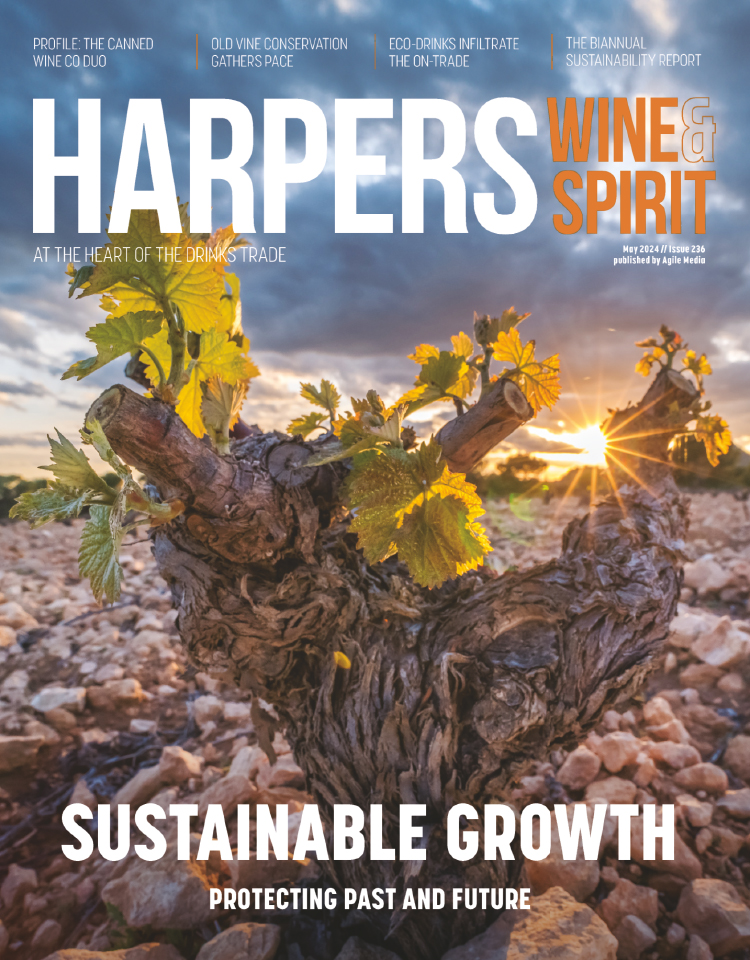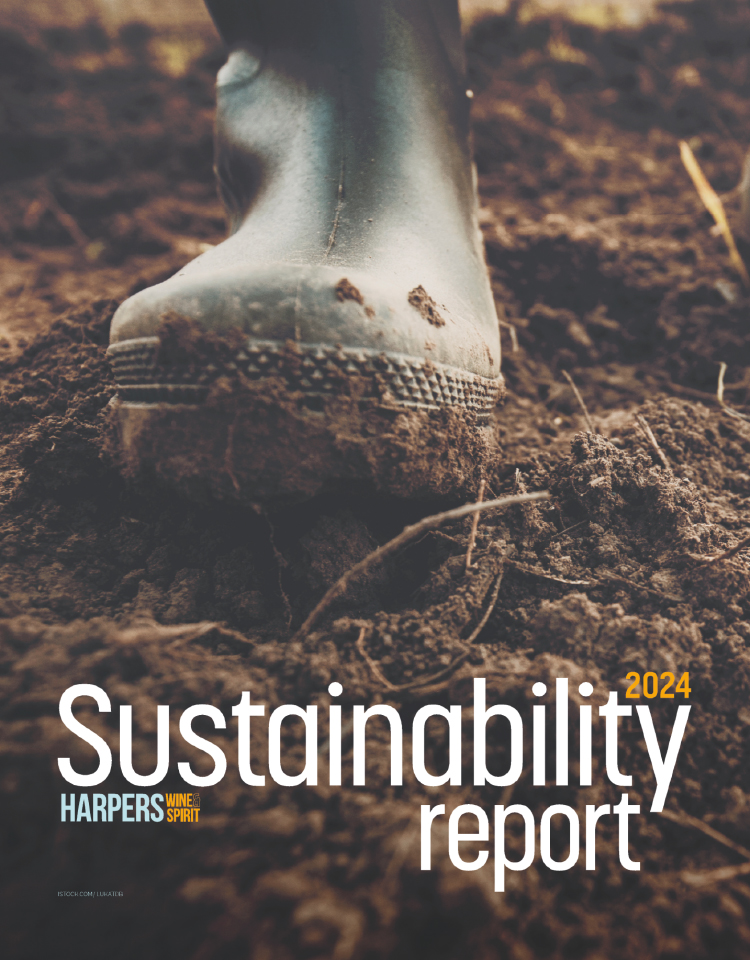
Adelaide Hills' Nepenthe talks climate and varietal evolution ahead of UK re-launch
Adelaide Hills is one of the most prominent of South Australia’s high-altitude regions, with elevation of up to 450m and winds from the Gulf st Vincent coast helping to temper the Aussie sunshine and produce some seriously cool, cool climate wines.
It is also home to Nepenthe, the boutique producer which places emphasis on elegant, textural wines in the region’s tradition, including single variety Sauvingon Blanc – Adelaide Hills’ most famous grape.
You might have heard of Nepenthe over the past few weeks as the winery which won trophy for Best Sauvignon Blanc at the Hong Kong International Wine and Spirits Competition, and for being helmed by former McGuigan senior winemaker James Evers (Nepenthe and McGuigan share parent company Australian Vintage).
Evers and co are now preparing to re-introduce Nepenthe’s wines to the UK after distribution stalled with the closing of around two-thirds of all Oddbins stores in 2010.
Two range launches are imminently about to launch via Amazon to consumers in the UK, and the messages Evers is keen get across is the unique climactic elements of the region, the elegance of the wines and diversity of the land.
“Adelaide Hills is really diverse and a lot of people don’t realise that. It’s one of the largest premium regions in Australia and its mountainous, so there is great opportunity for different styles. It’s heaven for a winemaker.”
The Adelaide Hills wine region officially includes all areas of the Adelaide Hills that have an elevation greater than 300m, which puts it alongside the other higher altitude regions of the Mount Lofty Ranges, including Clare Valley.
It also puts it in contrast with the strapping wines made in the sunshine-drenched Barossa Valley, allowing Evers greater freedom to “play around with texture and complexity” for the likes of Sauvignon Blanc, Shiraz and Pinot Noir.
These varieties are the ones which will be available to the UK via Amazon, as part of Nepenthe’s Altitude range (all £12.99) and also the more premium Pinnacle range, where wines retail for £19.99.
There are plans to show the varietal diversity of the region further down the line by releasing oaked aged Grüner Veltliner, Gewürztraminer, rosé Pinot Noir and also Tempranillo.
“We’ve got oldest the Tempranillo vines in the Adelaide Hills. It would make easy transition to the UK,” Evers said.
Despite an anticipated easy transition, Nepenthe is following the model of other Australian producers by holding back those non-traditional varietals which have been creating a buzz domestically in recent years.
The rest will follow, says Evers, as part of a brand evolution which aims to show the diversity and elegance of the Hills – which bought Evers to the region in the first place.
After starting his career in another cool climate region, Coonawarra, at the Jamiesons Run Winery, Evers headed back to help out his parents in the Hunter Valley.
While there he met Neil Mcguigan, which ended up in him becoming senior winemaker at Mcguigan Wines for many years, before heading to Nepenthe.
He said: “Hunter valley is an amazing place to make wine, but because of the heat, you can’t get the diversity because you need varietals which ripen early. In Hunter Valley, there are four or five varieties to choose from, whereas in the hills you can play a lot more.
“It’s exciting from a blending point of view, particularly with Sauvignon Blanc, because you’re able to get great levels of complexity and diversity.”
As Nepenthe’s primary sales driver, it is unsurprising they are helming their UK re-launch with Sauvignon Blanc.
With less grassy fruit and more delicacy and texture, Nepenthe positions itself as an alternative to the hegemony of New Zealand Sauvignon Blanc.
Compared to New Zealand, Adelaide Hills’ Sauvignon Blanc “tends to be more delicate, less in your face and more textural”, says Evers, who uses Nepenthe’s Pinnacle Sauvignon Blanc as an example.
“It’s more a Sancerre style and a great reflection of the style we’re trying to make. We’re trying to combat the New Zealand juggernaut and it’s very satisfying for us that people are starting to recognise the more elegant style that we’re trying to make.”
Top photo: Nepenthe winemaker James Evers





